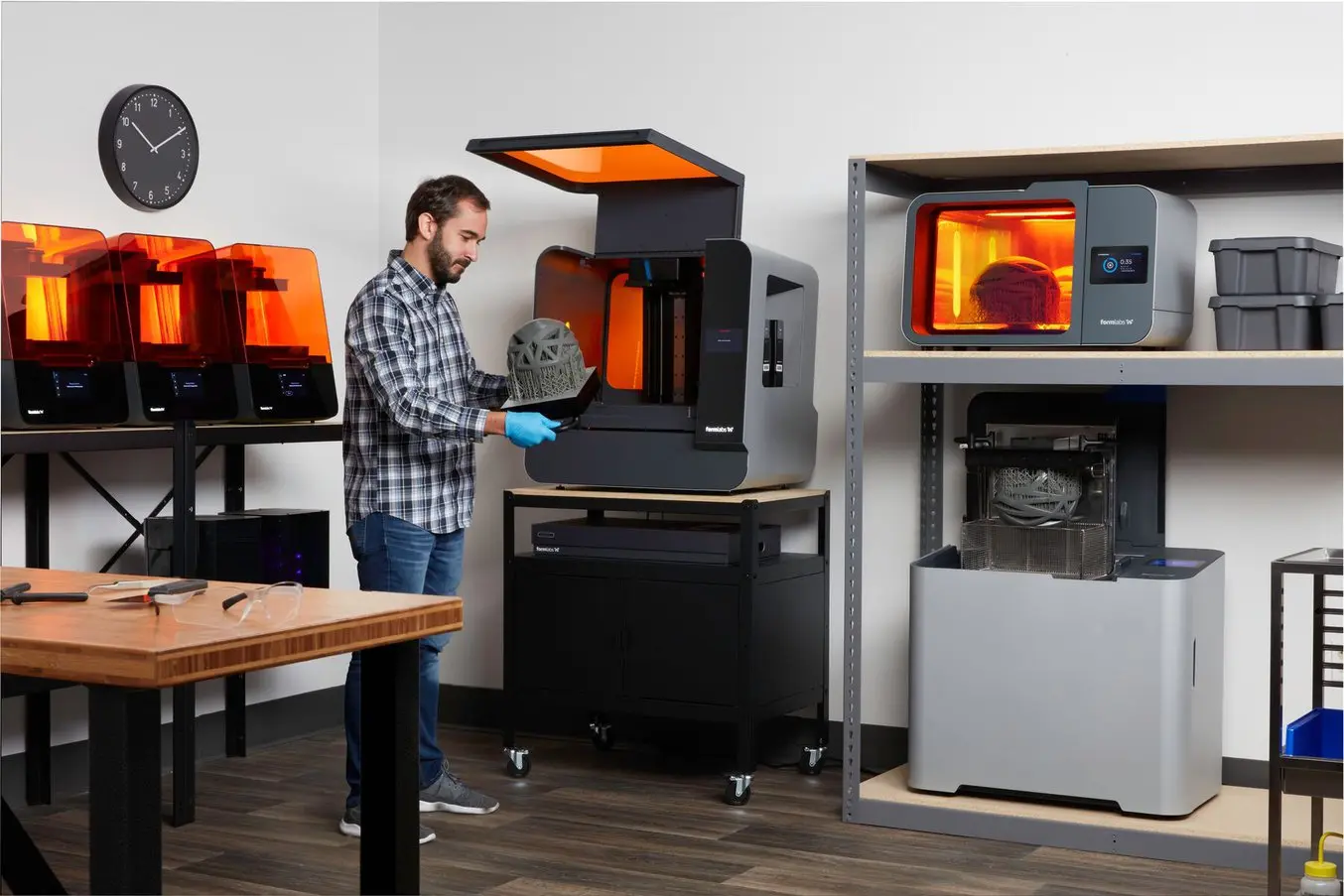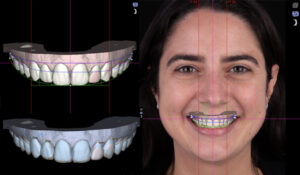The Rise of 3D Printing in Dental Technology: A Revolution in Precision and Efficiency
Introduction
In recent years, the field of dentistry has witnessed a transformative revolution with the advent of 3D printing technology. 3D printing, also known as additive manufacturing, has rapidly gained popularity in various industries, and its impact on dentistry has been nothing short of groundbreaking. Dental technology has been elevated to new heights with the integration of 3D printing, enabling dental professionals to create precise, patient-specific restorations and devices with unprecedented efficiency. In this blog, we will explore the remarkable rise of 3D printing in dental technology and its many advantages for dental laboratories and patients alike.
1. Streamlining Dental Laboratory Workflows
Traditional dental laboratory workflows were often time-consuming and labor-intensive, involving multiple steps and manual processes. However, 3D printing has revolutionized this landscape by streamlining the fabrication process. With the integration of digital scanning, computer-aided design (CAD), and 3D printing, dental technicians can now create dental models, surgical guides, aligners, and a wide array of restorations with incredible accuracy and speed.
Using specialized software, dental professionals can create virtual models of a patient’s oral anatomy, allowing for precise customization of dental restorations. Once the digital design is finalized, the 3D printer can produce the physical restoration in a matter of hours, eliminating the need for traditional casting and molding techniques. This increased efficiency not only saves valuable time for both dental technicians and patients but also ensures consistent, high-quality results.
2. Versatility and Customization in Dental Restorations
One of the most significant advantages of 3D printing in dental technology is its unparalleled versatility and customization capabilities. Dental technicians can fabricate a wide range of restorations tailored to each patient’s unique dental anatomy. Whether it’s dental crowns, bridges, veneers, or even complex implant-supported prosthetics, 3D printing allows for precise fitting and optimal aesthetics.
Moreover, 3D printing technology enables the creation of bio-compatible materials suitable for longterm use in the oral cavity. Dental laboratories can offer patients restorations that not only mimic the appearance of natural teeth but also exhibit the strength and durability necessary for everyday functionality.
3. Advancements in Implant Dentistry
Implant dentistry has experienced a tremendous boost with the integration of 3D printing. Dental technicians can work closely with dentists to design and create custom surgical guides for implant placement, enhancing the accuracy and success of dental implant procedures. These guides allow for precise positioning of implants, minimizing the risk of complications and improving patient outcomes.
Furthermore, 3D printing facilitates the fabrication of patient-specific implant abutments and prosthetic frameworks. This customization ensures optimal fit and functionality, providing patients with comfortable and reliable implant-supported restorations.
4. Cost-Effectiveness and Patient Satisfaction
The rise of 3D printing in dental technology has not only improved the quality and efficiency of dental restorations but has also contributed to cost-effectiveness. Traditional dental fabrication methods often required costly materials and extended production times, leading to higher expenses for patients. With 3D printing, the reduced production time and material waste translate to more affordable and accessible dental solutions for patients.
The enhanced precision and fit of 3D-printed restorations also result in higher patient satisfaction. Patients can enjoy restorations that look and feel natural, promoting confidence in their smiles and overall oral health.
Conclusion
The rise of 3D printing in dental technology has undoubtedly revolutionized the way dental professionals approach patient care. Its integration has streamlined dental laboratory workflows, allowed for unparalleled customization, and advanced the field of implant dentistry. As the technology continues to evolve, dental technicians and dentists can expect even more innovative solutions to improve patient outcomes and redefine modern dentistry. Embracing 3D printing is not only a step towards the future but also a commitment to providing patients with the highest standard of dental care possible.




